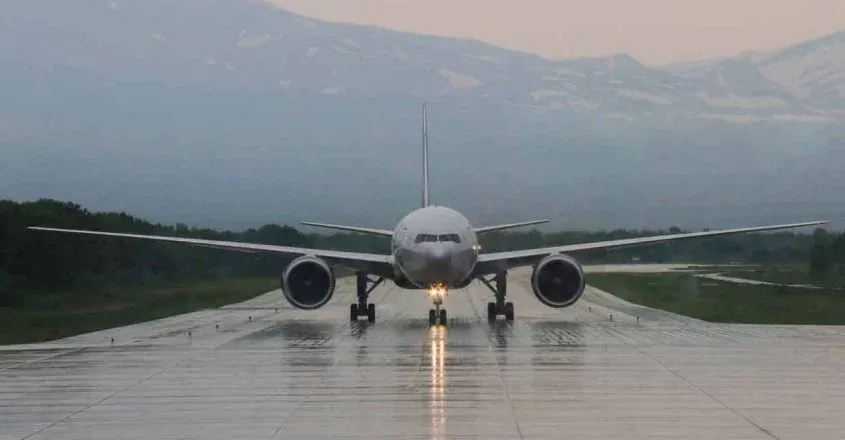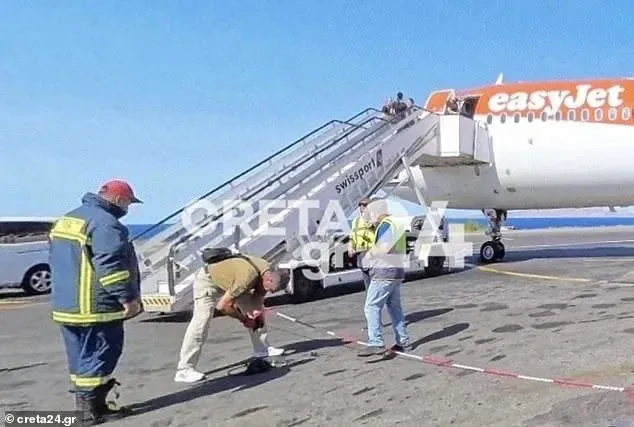A tragic incident unfolded at the Dubai Air Show on Friday afternoon when an Indian Air Force (IAF) Tejas fighter jet crashed during a flying demonstration, resulting in the death of the pilot. The crash sent a thick plume of black smoke billowing over Al Maktoum International Airport, halting proceedings and shocking onlookers.
The Indian Air Force confirmed the fatal accident, stating that the pilot succumbed to injuries sustained during the crash.
Details of the Incident
The accident occurred at approximately 2:10 pm local time, according to eyewitness accounts and video footage reviewed by Indian news outlet NDTV. The aircraft involved was a single-seat Light Combat Aircraft (LCA), known as Tejas, which was developed indigenously by Hindustan Aeronautics Limited (HAL) as part of India’s strategic push for self-reliance in defence manufacturing.
Sources close to the inquiry have suggested that the pilot may have failed to recover from a negative G-force manoeuvre, which can exert force in the opposite direction of gravity and is considered one of the more dangerous aerobatic stunts due to its impact on pilot consciousness and aircraft control.
Significance of the Crash
The crash comes during the Dubai Air Show, a prestigious biennial event that brings together aerospace manufacturers, military officials, and aviation enthusiasts from around the globe. Held at Al Maktoum International Airport, the show is a major platform for showcasing cutting-edge aircraft and aviation technology.
This year’s edition has already made headlines due to record-breaking aircraft orders from regional carriers like Emirates and FlyDubai, highlighting the industry’s ongoing recovery and expansion post-pandemic.
However, the Tejas crash has cast a shadow over the exhibition, raising concerns over flight safety protocols and the operational readiness of newer fighter jet platforms.
About the Tejas Aircraft
The Tejas LCA is a key component of India’s push for indigenous defence production. Designed for agility and advanced combat capabilities, it has been developed by HAL in collaboration with various Indian research and defence organisations, including the Aeronautical Development Agency (ADA) and DRDO.
The aircraft is known for its delta wing configuration, light weight, and multi-role combat capabilities. It has seen progressive development since its first flight in 2001 and was formally inducted into the Indian Air Force in 2016.
The IAF has previously deployed the Tejas in several international air shows, including the Singapore Air Show and Langkawi International Maritime and Aerospace Exhibition (LIMA) in Malaysia, as part of broader efforts to market the platform to international buyers and reinforce India’s defence exports.
Investigation Underway
A formal court of inquiry has been launched by the Indian Air Force to determine the precise cause of the accident. Preliminary findings point to the possibility of a flight manoeuvre gone wrong, particularly involving negative G-force dynamics, which can significantly challenge a pilot’s ability to maintain control.
Experts in aviation safety and flight demonstration protocols are expected to be part of the investigation team, which will work in collaboration with UAE authorities and organisers of the air show.
Such inquiries typically review cockpit data recordings, aircraft maintenance logs, pilot training records, and eyewitness footage to construct a detailed timeline of events.
International and Defence Reactions
Expressions of condolence have begun pouring in from defence officials, diplomatic missions, and aviation bodies across the world. The IAF’s participation in global air shows is seen as part of India’s growing military diplomacy, and the loss of life during such a public demonstration has reverberated across defence circles.
There has been no immediate indication of operational faults within the broader Tejas programme, but the incident may prompt reviews of air show procedures and pilot training protocols, especially for high-stress aerial manoeuvres.
The Dubai Air Show is expected to continue with scheduled events, though organisers have not ruled out changes to the aerial display format in light of the accident.
Broader Implications for HAL and India’s Defence Industry
The accident comes at a sensitive time for HAL and India’s indigenous defence ecosystem. The government has been aggressively promoting the “Make in India” initiative for defence hardware, with the Tejas platform seen as a flagship success story.
International showcasing of the LCA is part of HAL’s efforts to attract foreign buyers, with interest reportedly shown by nations such as Argentina, Egypt, and Malaysia.
While such incidents are not uncommon in the high-risk realm of aerial combat demonstrations, they can have commercial and reputational implications, especially if preliminary investigations reveal mechanical or systemic issues.







